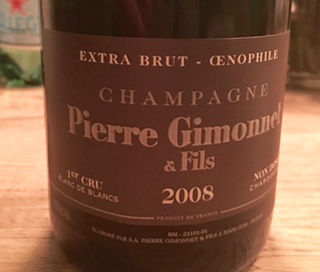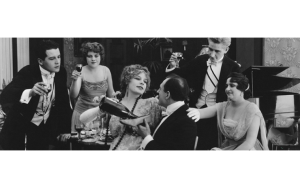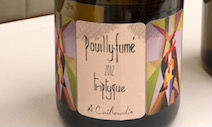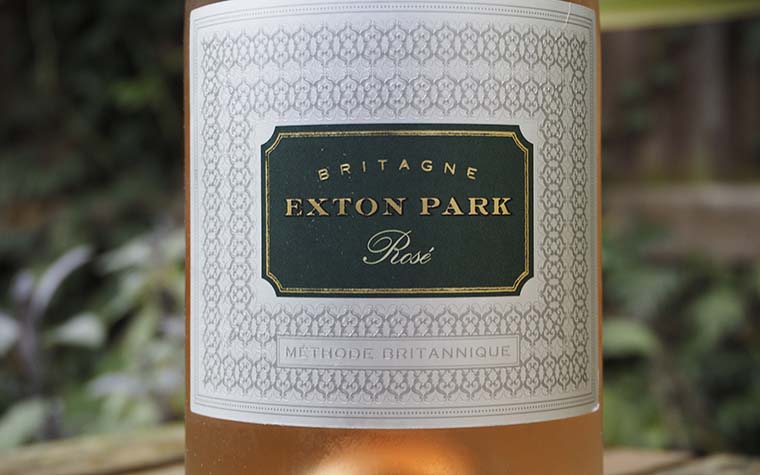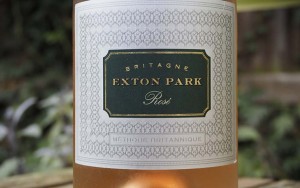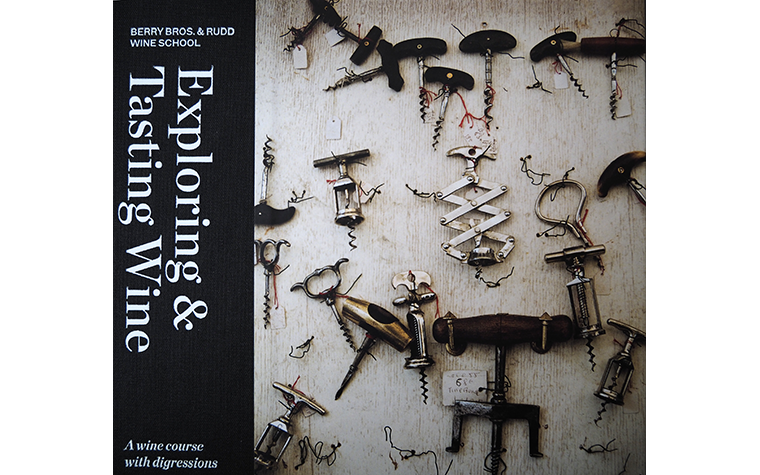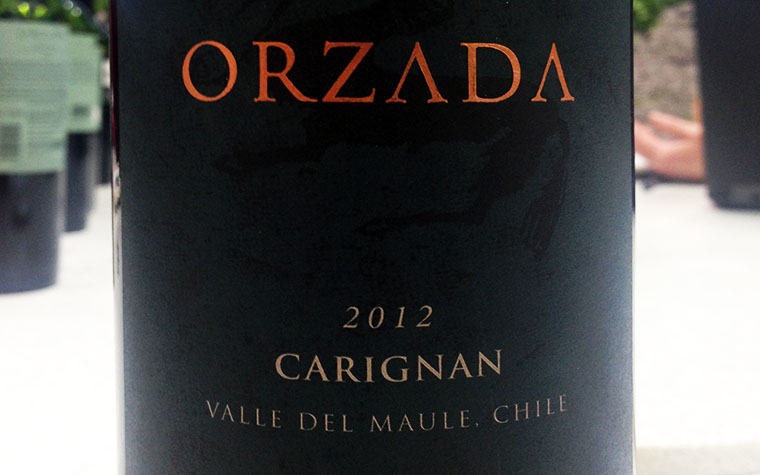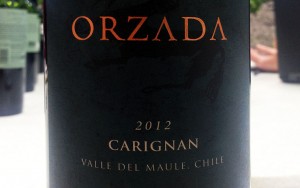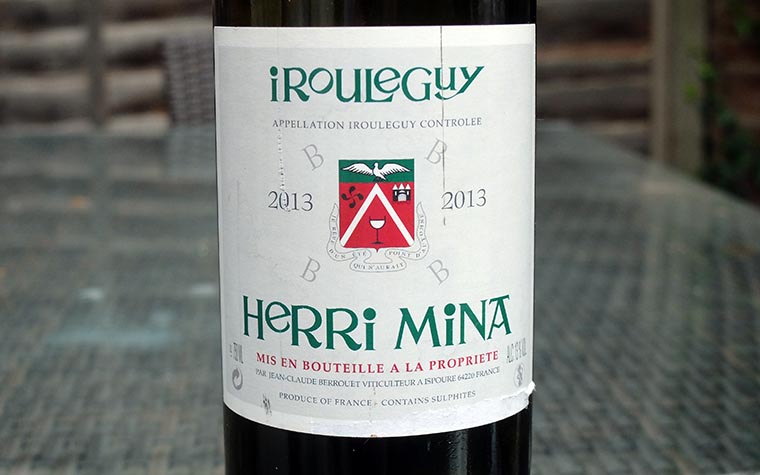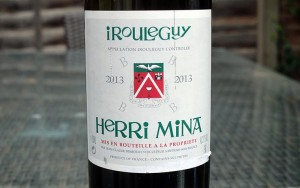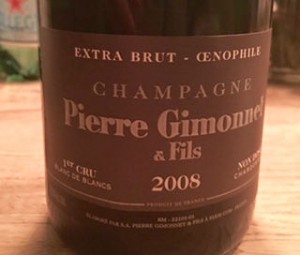 I’ve long been an admirer of Pierre Gimonnet‘s champagnes. So much so, in fact, that I’ve come to think of the non-vintage Cuis, a blanc de blancs made from grapes grown in 1er cru vineyards, as our house champagne.
I’ve long been an admirer of Pierre Gimonnet‘s champagnes. So much so, in fact, that I’ve come to think of the non-vintage Cuis, a blanc de blancs made from grapes grown in 1er cru vineyards, as our house champagne.
I like the idea of buying grower’s champagnes rather than grand marque wines. It makes me feel like I’m championing the underdog (despite the fact that I’m aware that many producers of grower’s champagnes are hardly down to their last centime). I also feel that I’m getting a bit of a bargain, despite the fact that grower’s champagnes are seldom discounted in the same way that grand marque champagnes often are, especially at this time of year.
